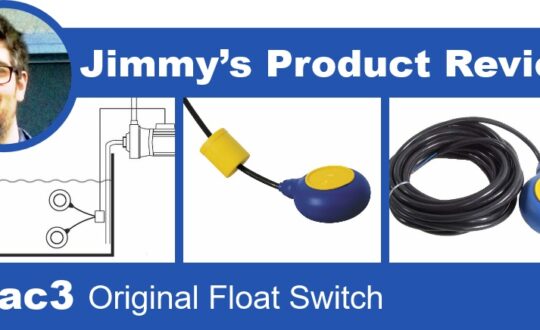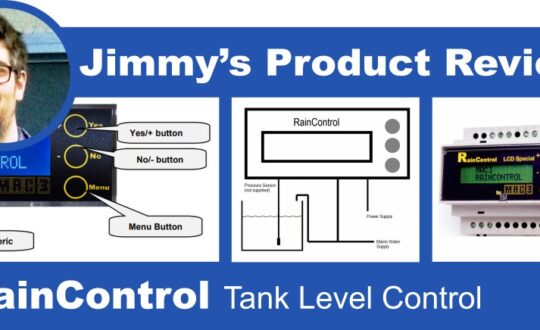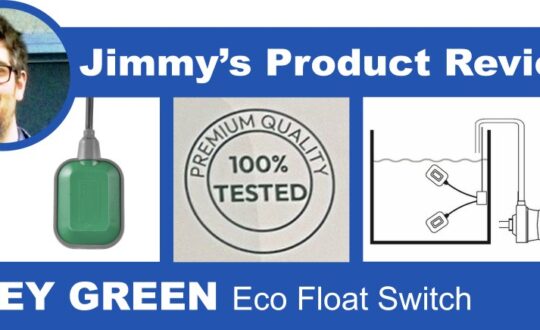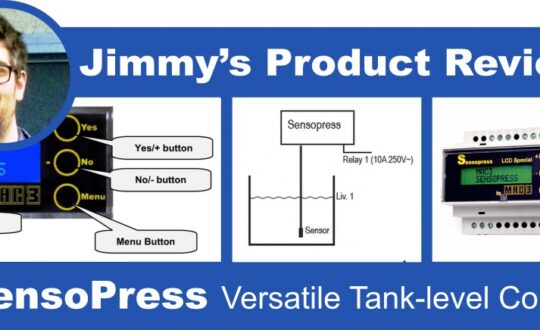How to select the best cable type. This special edition of our monthly product review is dedicated to discussing cables – or, more precisely, the benefits of selecting the correct cable construction and length (and the perils of getting it wrong).

Special Edition: How to select the best cable type
Let’s start with cable construction.
Types of cable available
Looking at the Mac3 line of equipment, there are several types of cable available:
PVC Cable
PVC – the Jack of all, master of none. PVC is the go-to for most applications. It can be buried or exposed to heat, inclement weather, and sunlight. It is suitable for most situations. However, it can become brittle over time (due to the oxidative effects of sunlight) or low temperatures – it can also develop a “memory” when exposed to warm environments over time. Both will (over time) cause a PVC cable to become less flexible.
H07RN-F aka Neoprene
H07RN-F, AKA. Neoprene. A synthetic rubber compound that can tolerate low and high temperatures does not become brittle or stiff over time (oxidative effects of sunlight or working fluids). Not to mention the wear resistance of Neoprene is far superior to PVC – making it ideal for situations where the cable must remain supple, regardless of its usage.
H07BN4-F
H07BN4-F, in most respects the same as H07RN-F – but with greater oil and wear resistance.
Of course, if we wanted to go straight down the rabbit hole – we can mention the CENELEC* harmonised codes for these…
H07RN-F
H – Conforms with harmonised standards
07 – rated to 450/770V
R – Ordinary ethylene propylene rubber or equivalent synthetic elastomer for a continuous operating temperature of 60ºC
N – Polychloroprene (or equivalent material)
F – Flexible conductors (according to Class 5 of HD 383)
H07BN4-F
H – Conforms with harmonised standards
07 – rated to 450/770V
B – Ethylene-polypyrene Rubber
N4 – Chlorosulphonated polyethylene or chlorinated polyethylene
F – Flexible conductors (according to Class 5 of HD 383)
*CENELEC – EU standardisation centre for the electrical field, works with European Committee for Standardisation (equivalent to the BSI in the UK).
Which is the best Cable type?
PVC will work for most situations we are likely to encounter. It’s easy to run through trunking and very easy to work with. However, if I’m looking at a job that requires some assurance that the level control will tolerate significant temperature fluctuations, I’d move over to the H07RN-F. H07BN4-F I find excels on portable pumps, the type that lives in the back of a van, gets knocked around and gets used on site for the dirty jobs – or sewage plants (attached to a Mac5 or e-Fly).
Problems with installing the wrong cable length
Aside from selecting the correct cable type, the cable length is almost as important. Installing the wrong length could cause several issues:
- Connection strain,
- Inaccurate level control,
- Failure to operate.
Ok, so connection strain is simple enough – though this is an issue for installations that are outside of the tank itself. As things move (both inside and outside of the tank) too short a cable can mean that there isn’t enough slack to account for this. I’ve seen it happen before where a controller had to be moved closer to a tank (easily avoided, but easy enough to have happened).
Failure to operate and inaccurate level control can be rolled into one. If the cable is too long, there is a possibility that the float can become entangled on pipework (or other hardware) inside the tank. This can cause either a total failure or the movement of the float switch to become erratic. For example, the water level moves, but the float isn’t where the user expects it to be for the action. So (depending on application) a connected pump may turn off when it shouldn’t, or a top-up system may cycle prematurely (overflowing the tank).
Operations aside, there is also the financial implication of paying for extra cable length that isn’t needed! And while the geek in me appreciates a well-coiled cable I wouldn’t want to pay extra for it!
So, as a personal rule when working inside a tank – measure out the length you need. Then I’d add half a meter. This gives me a little extra length to account for the typical installation woes. The cable can then be tidied up with the counterweight, so the activation level is always correct. As for outside the tank, this isn’t as critical (so long as the float reaches the water itself – yes, I’ve seen that one too). Any slack can be removed once the cable has been run back to the controller or pump.
For more information
Contact Jim, our Mac3 Technical lead. Jim and Tom have over 25 years of experience in Water Control Systems.




